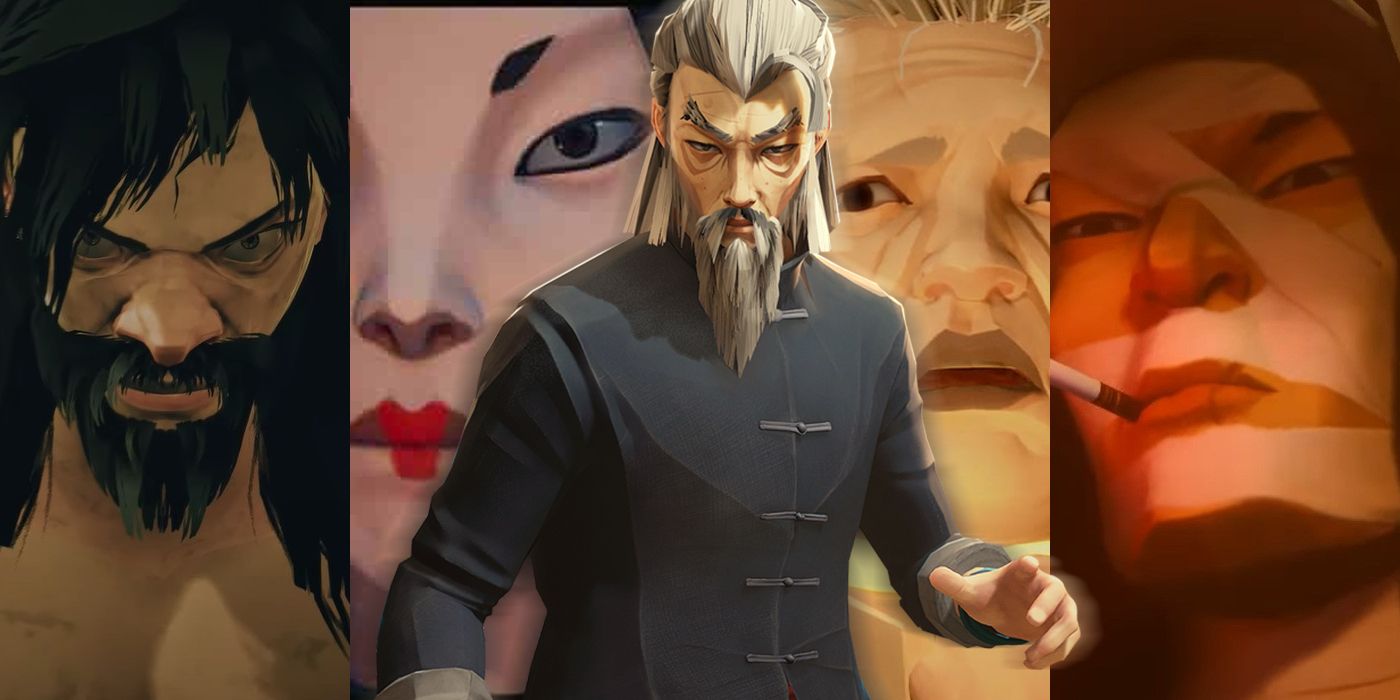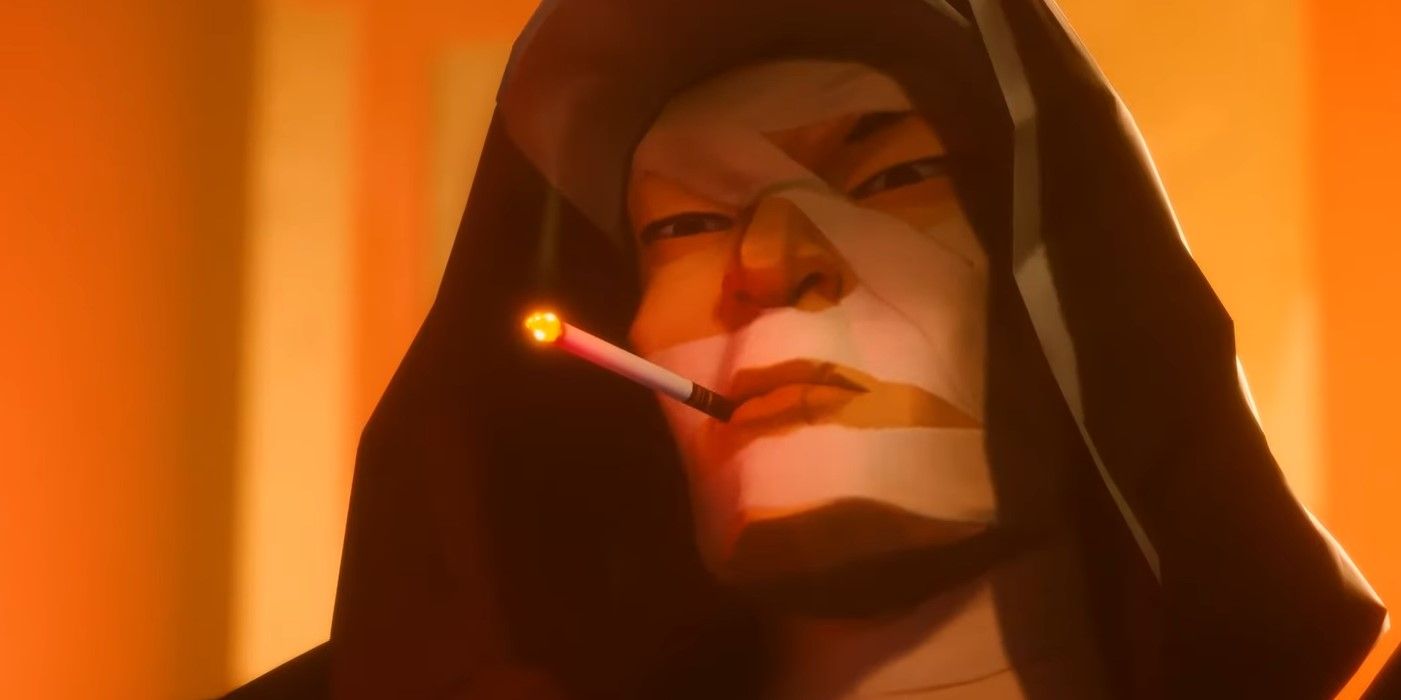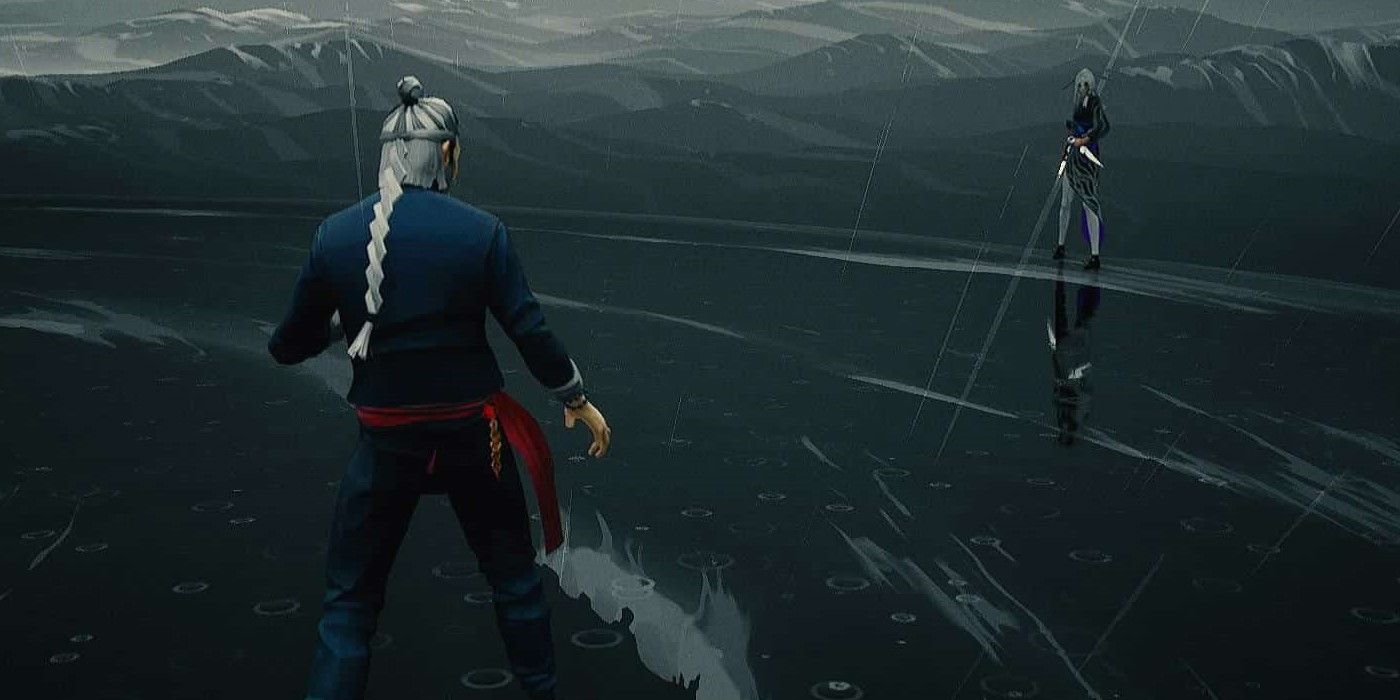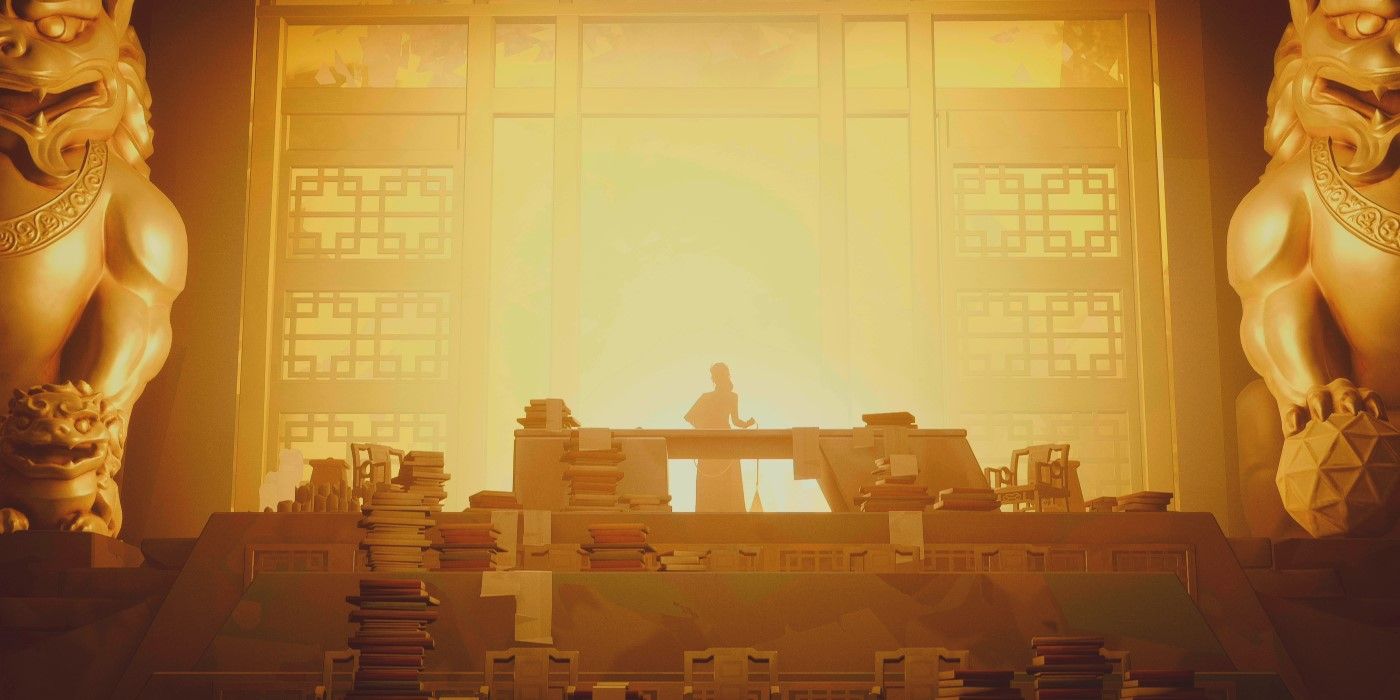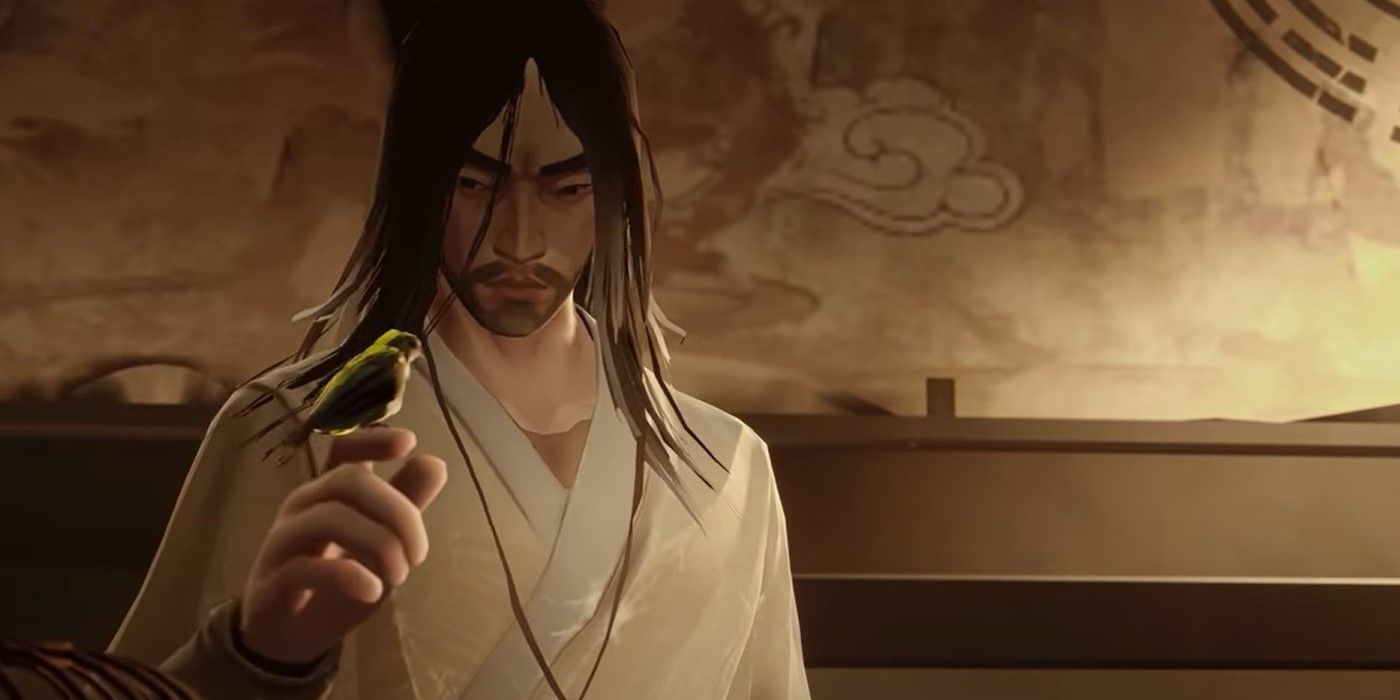On the surface, Sifu looks like a simple homage to Chinese martial arts, and the tropes that helped make that genre successful on film. However, closer inspection reveals the game is actually a careful study of the teachings and understandings of Kung Fu and Chinese culture. This can be seen in how the student operates in their downtime through their meditative moments and paying respects to their master.
Each of the five bosses the student faces represents the five elements according to Chinese tradition: wood, fire, water, metal and earth. They operate in harmony and complement one another, much like how the five operate so efficiently as a team. The number five also plays a major role in that each boss can be linked to the five talismans the player has. Each category is more advanced and costs more XP, showcasing the player's necessary growth to reach the final boss. Each talisman withers from each revival, teasing how true harmony with the elements means the player must grow in the end by sparing the bosses and earning the elemental symbol.
Fajar, The Botanist, Represents the Element of Wood
The first boss players face is Fajar. His entire stage represents his element, wood. While he lives in The Squats, the closer the player gets to his location, the more greenery grows in and around the buildings. As the foliage takes over, more and more structures are also made of bamboo wood, some of which can be used as weapons.
Players fight him in his greenhouse during his first phase, but he turns the room into a bamboo thicket once the second phase begins. This becomes a trend with the other bosses as their second phases also show them embracing their elements. Fajar hides in the wood, erupting out and attacking the student. He also uses bamboo stalks to retreat. It becomes clear that he embraces his element, and the only way to earn his talisman is to spare his life rather than take it.
Sean, The Fighter, Represents The Element of Fire
Sean is the second boss, and he represents fire, though his connection to his element is less obvious at first. Rather than literal fire, the nightclub shows the fire of a city and those who love to party. During the three trials, Sean's element is more prominent, as small flames follow the student to his location. Sean uses his flame powers to brand new followers. The first phase of the fight has Sean attacking with ferocity and turning the heat up. By the second, he lets his dojo be engulfed in flames, and even his staff ignites. While sparing him is the only way to get his talisman, he never shows weakness and maintains a steady brutality throughout the fight, making it feel endless.
Kuroki, The Artist, Represents The Element of Water
Kuroki's entire level is an art exhibition themed after her life and the element of water. She flows, much like her teammates, away from her violent past, and deals with the repercussions of her actions and the death of her sister. When players face her in the first phase, the arena is snow, representing her cold heart after years of tragedy. However, when her more violent sister takes over, the arena becomes a torrential oceanic storm with crashing waves. She's faster, and slips and slides into each attack, forcing the student to flow with the fight and inevitably spare her as well.
Jinfeng, The CEO, Represents The Element of Metal
Jinfeng's element is metal, though her entire stage might make players think it was earth. The character is obsessed with artifacts and the past, and the final arena sees her fighting in an ancient ruin. The metallic aspects of her character come in the rigidity of her form and beliefs, and being the oldest of the five, knowing her element changes the context of her character. Sand represents time and the erosion of all things, even metal. As a result, Jinfeng is fighting against the inevitable, and even her steely demeanor fades away when the student lets her live.
Yang, The Leader, Represents The Element of Earth
Yang is Sifu's final boss and represents the element of earth, though perhaps in a way players wouldn't expect . Rather than commanding the ground the player walks on, he represents the life that Mother Earth provides. In his sanctuary, Yang heals the ill and cheats death.
However, while Yang acts in the interest of the greater good, he does so in a flawed manner. Defeat helps him see some of the errors in his ways, and it lets the player finally rest after nearly a decade of blind rage. That said, there's irony in using life and death to reach an enemy who only wanted to grant the gift of life to those who need it most.

